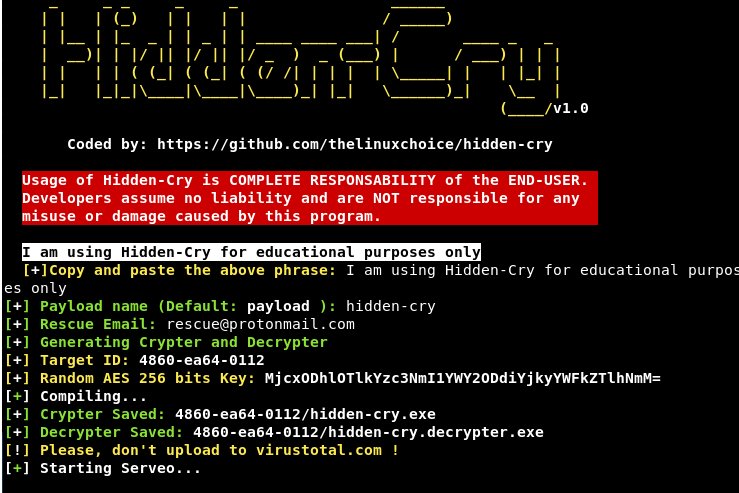Generate Random 256 Bit Aes Key
Advanced Encryption Standard (AES) is a standard algorithm for block ciphers for providing security services. The use of two related keys and time complexity has been proved to be sufficient to recover the complete 256-bit key of a 9-round version of AES-256. We have modified the key expansion module of AES with Symmetric Random. I've read some informations on AES-256 crypting methods. But I'm still confused on what's the importance of the key length? Context: I want to crypt a 7Zip archive with the AES-256 option. And I'm wondering how long should my password be. I don't want to consider the ways of generating password here, let's assume I've the capacity to generate a fully random password.
The Java KeyGenerator class (javax.crypto.KeyGenerator) is used to generate symmetric encryption keys. A symmetric encryption key is a key that is used for both encryption and decryption of data, by a symmetric encryption algorithm. In this Java KeyGenerator tutorial I will show you how to generate symmetric encryption keys.
RandomKeygen is a free mobile-friendly tool that offers randomly generated keys and passwords you can use to secure any application, service or device. KEY RandomKeygen - The Secure Password & Keygen Generator. Cisco crypto key generate rsa ssh 2. Does anyone know of a way to get a 256 bit key value generated from a pass phrase of any length? The encryption cannot be salted as the encrypted values need to be generated again and compared in the database. Microsoft office 2010 key generator free. So a value must generate the same encrypted string each time it is encrypted.

256 Bit Color
Creating a KeyGenerator Instance
Before you can use the Java KeyGenerator class you must create a KeyGenerator instance. You create a KeyGenerator instance by calling the static method getInstance() passing as parameter the name of the encryption algorithm to create a key for. Here is an example of creating a Java KeyGenerator instance:

256 Bit Encryption
This example creates a KeyGenerator instance which can generate keys for the AES encryption algorithm.
Initializing the KeyGenerator
After creating the KeyGenerator instance you must initialize it. Initializing a KeyGenerator instance is done by calling its init() method. Here is an example of initializing a KeyGenerator instance:
How To Generate 128 Bit Aes Key
The KeyGeneratorinit() method takes two parameters: The bit size of the keys to generate, and a SecureRandom that is used during key generation.
Generating a Key
Once the Java KeyGenerator instance is initialized you can use it to generate keys. Generating a key is done by calling the KeyGeneratorgenerateKey() method. Here is an example of generating a symmetric key:
Chilkat • HOME • Android™ • Classic ASP • C • C++ • C# • Mono C# • .NET Core C# • C# UWP/WinRT • DataFlex • Delphi ActiveX • Delphi DLL • Visual FoxPro • Java • Lianja • MFC • Objective-C • Perl • PHP ActiveX • PHP Extension • PowerBuilder • PowerShell • PureBasic • CkPython • Chilkat2-Python • Ruby • SQL Server • Swift 2 • Swift 3/4 • Tcl • Unicode C • Unicode C++ • Visual Basic 6.0 • VB.NET • VB.NET UWP/WinRT • VBScript • Xojo Plugin • Node.js • Excel • Go
| Discusses symmetric encryption key generation techniques for block encryption algorithms such as AES, Blowfish, and Twofish, or for other algorithms such as ChaCha20.
| |||||
© 2000-2020 Chilkat Software, Inc. All Rights Reserved.